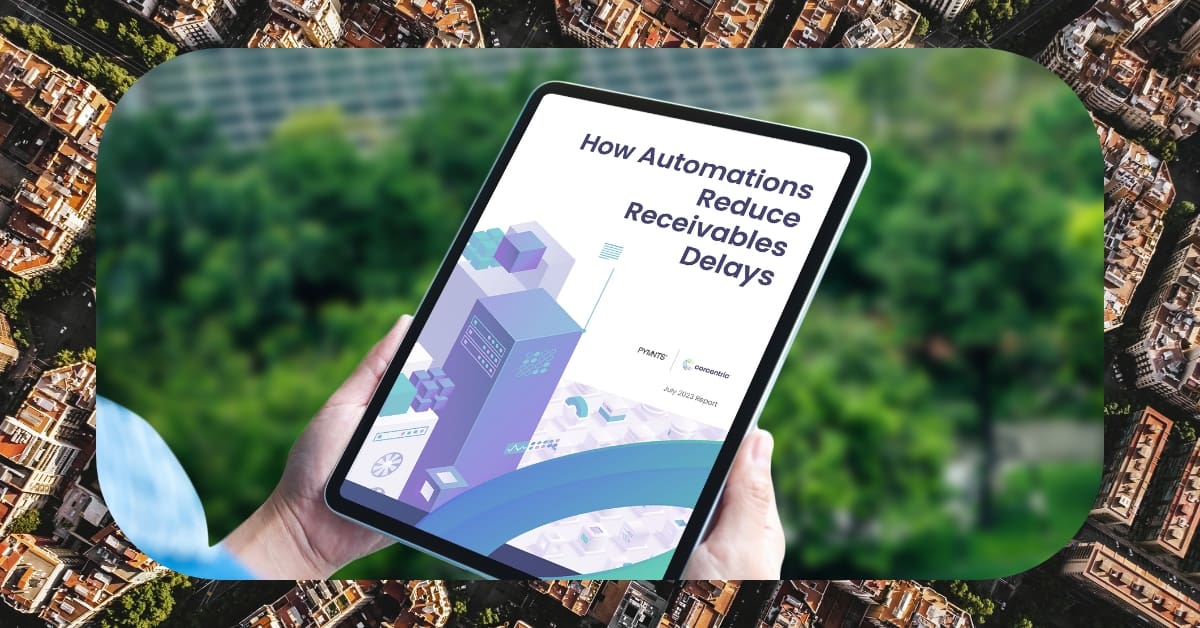Accelerating Operational Efficiency With Order To Cash Automation

Rpa For Order To Cash Automation
Robotic Process Automation (RPA) has become increasingly popular in range of industries, where businessestrive to reduce manual labor and achieve greater speed, accuracy and cost savings. In the order-to-cash process, for example, automation can enable operations teams to collect and process data at scale and increase the speed and agility of their procedures. With the right software, operations teams can optimize their activities and boost the performance of their order-to-cash process.
When it comes to RPA software, financial executives should consider the total cost of ownership, which generally consists of the subscription cost, implementation costs, and, for those with low technical expertise, potentially consulting fees. If company is dealing with multiple touchpoints and P2P applications, RPA platform with an integrated system can be more efficient in the long run. Normally, platforms that have an integrated system have fewer software patches, upgrades and other maintenance tasks. Additionally, unified system enables fast sharing of data across different applications, which can help an organization avoid any data inconsistency or data loss.
Organizations should also look for platform with centralized dashboard that provides greater visibility and insights into their current standing. This can significantly simplify performance reporting and help executives make better-informed decisions. Reporting capabilities like real-time KPIs, automatic reports with the ability to drill down into data, and analysis aids like predictive metrics, variance and trend comparison, etc., should also be present in good platform.
From an operational point of view, executives must select platform that quickly adapts to changing requirements and helps automate manual processes, allowing customers to access information quicker and benefit from smooth and seamless transactions. This is particularly important for those with steady influx of different order-related inquiries. Furthermore, processes should be able to automatically address customer inquiries and provide detailed pricing list or tax compliance reports that traditional manual operations lack.
A reliable platform should also include safety measures to protect an organizations valuable data. Predefined authentication protocols, as well as encryption and user-level access control functions, are part of secure configuration that prevents unauthorized access. The right platform should also provide robust audit trail to ensure compliance and transparency.
Given the range of benefits that automation can bring to the order-to-cash process, financial executives should research RPA solutions to maximize its advantages. With the right platform, operations teams can increase the speed and accuracy of their order-to-cash process while ensuring data safety and compliance. Ultimately, this will allow executives to make data-driven decisions and gain competitive edge in the market.

